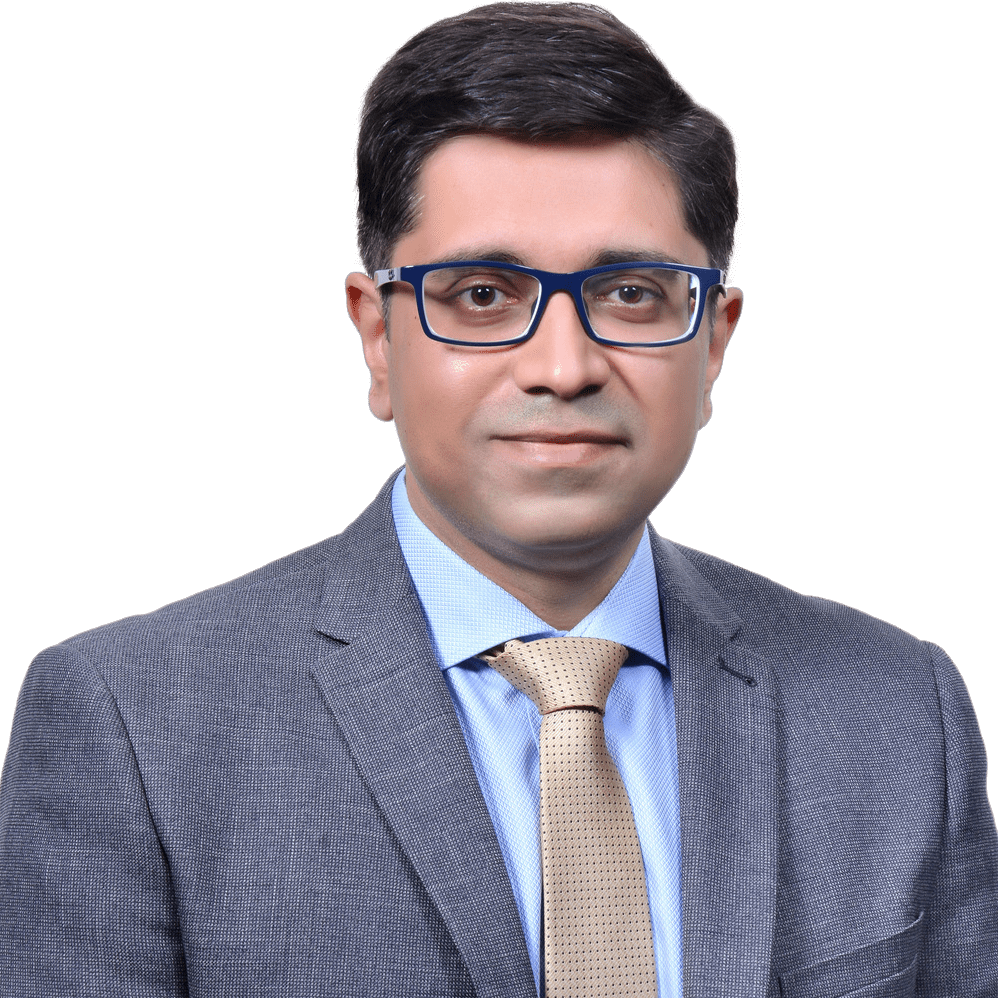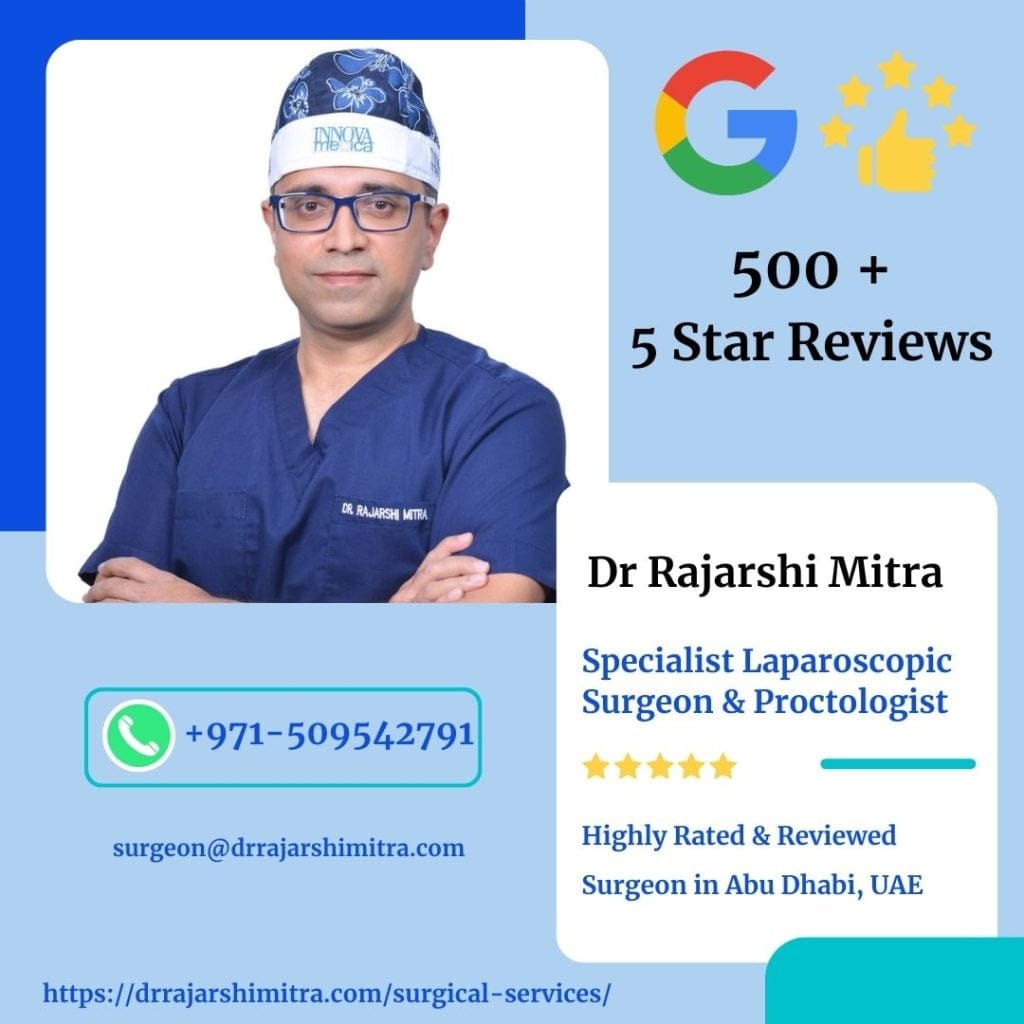While small or superficial pilonidal sinuses may heal with conservative treatment, more extensive disease usually requires surgery. It is the most effective way to excise the entire tract and prevent recurrence.
Trying Nonsurgical Options First:
– Warm compresses, rest, and over-the-counter pain medication help temporarily relieve symptoms. Antibiotic ointment and oral antibiotics treat infection.
– Meticulous hair removal and hygiene around the cleft are beneficial. Loose clothing reduces friction.
– Injecting steroids, packing the wound, or marsupialization techniques may allow some small sinuses to close over time.
– However, these measures do not address the underlying cysts and sinus cavities. There is a high recurrence rate after nonsurgical treatment stops.
Advantages of Definitive Surgery:
– Complete excision removes the entire cyst and tracts which are prone to repeat infection and scarring if left in place.
– Closing the wound by stitches or reconstructive flap closure allows it to heal free of debris. This prevents recurrence.
– Techniques like the Karydakis Flap and Limberg flap reconstruct the area for better wound healing and to flatten the cleft.
– Patients experience complete resolution of symptoms after surgery in 85-90% of cases. The recurrence rate is less than 10% with proper technique.
– Can resume normal activities without pain, drainage, or dressings after healing. Overall improvement in quality of life.
– Surgery is cost-effective long-term compared to repeated treatments for recurrence.
When is Surgery Absolutely Necessary?
– For extensive, branching sinus tracts or multiple recurrences after conservative treatment.
– Persistent non-healing wound and chronic infection despite medications.
– Pilonidal abscess or cyst larger than 5 cm that won’t resolve with other treatments.
– Signs of complications like sepsis, osteomyelitis, and extensive tissue damage.
– Rare cases of suspected cancerous change of the sinus tract.
– Patient preference for definitive treatment after failed conservative options.
Considerations Before Surgery:
– There are risks like bleeding, infection, wound separation, and temporary inconvenience with any procedure. Discuss concerns with your surgeon.
– May require 1-4 weeks off work or school for recovery depending on occupation and activity levels.
– Adopt healthy lifestyle habits to optimize healing and reduce recurrence risk.
– Follow post-operative instructions carefully regarding rest, hygiene, medication, and wound care.
Summary of Key Points:
– Many pilonidal sinus cases ultimately require surgery for definitive treatment after failed conservative measures.
– Complete excision reduces recurrence rates to less than 10% when expertly performed.
– Reconstructive flap techniques further improve wound healing and outcomes.
– Surgery can prevent chronic issues and avoid complications in moderate to severe cases.
– An experienced surgeon can advise the best approach based on individual case factors.
In conclusion, surgery provides a permanent cure for recalcitrant pilonidal disease, especially when nonsurgical options prove ineffective. It resolves symptoms and improves the quality of life in most patients.



















